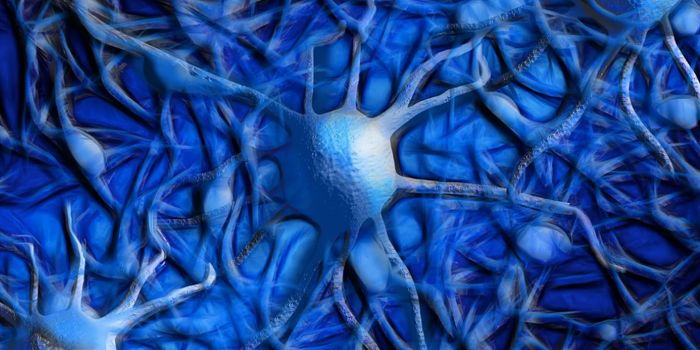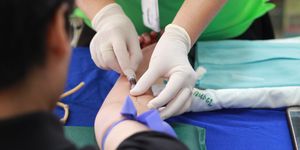The genetic code carries the information for sustaining life. Advances in DNA sequencing technologies have generated a massive amount of data about the genomes of humans and many other organisms, giving scientists insight into the connections between genes and biological functions. But there is more to learn about the genomic code, which contains a lot of redundancy. There are 21 amino acids encoded by sets of three nucleotide bases, which means there are several base triplets for each amino acid. Researchers want to know more about the consequences of swapping out one triplet for another in the code.
Scientists are also now learning more about how we can use the genetic code to create synthetic organisms that run using only the most essential genes. Artificial sequences of DNA can now be easily created in the lab, and those can, in turn, be used to generate synthetic proteins. But identifying the genes that are required for an organism to live can be more difficult.
Researcher Beat Christen, Professor of Experimental Systems Biology at ETH Zurich in Zurich, Switzerland led a team of scientists that utilized a genome design algorithm together with the synthesis of genetic material on a large scale. The synthetic genomes that can be made with this methodology can be used to learn more about the molecules that compose the genetic code, and the essential genes that are needed to sustain microbial life. They are also working to engineer microbial genomes that have useful applications in an array of fields including medicine, chemistry, and agriculture.
In work reported in the Proceedings of the National Academy of Sciences (PNAS), this system was used to rewrite the sequence of a microbe, and learn more about programming functions into synthetic genes. The Christen lab used a naturally-occurring bacterium that lives in fresh water to make a minimal genome that has been stripped down to only the most critical functions. The number of coding genetic features were brought from 6,290 down to 799. The scientists physically made a computer-generated genome, called Caulobacter ethensis-2.0.
During the course of their work, the researchers replaced over sixteen percent of the 800,000 bases in the bacterial genome to make a synthetic one, and created a large, circular molecule of DNA. The living cell has not yet been generated, but the functions of the genes in the genome have been tested. The investigators have been able to confirm that about 580 of the 680 synthetic genes have functions that are equivalent to the original genes, showing that this approach has the potential to be successful with a bit more effort.
The lost function of 98 genes also taught the scientists more about their method, and about the genome. Some of those genes that lost functionality were incorrectly annotated, and a small set of 27 carried regulatory features within protein-coding regions.
Sources: AAAS/Eurekalert! via ETH Zurich, PNAS








